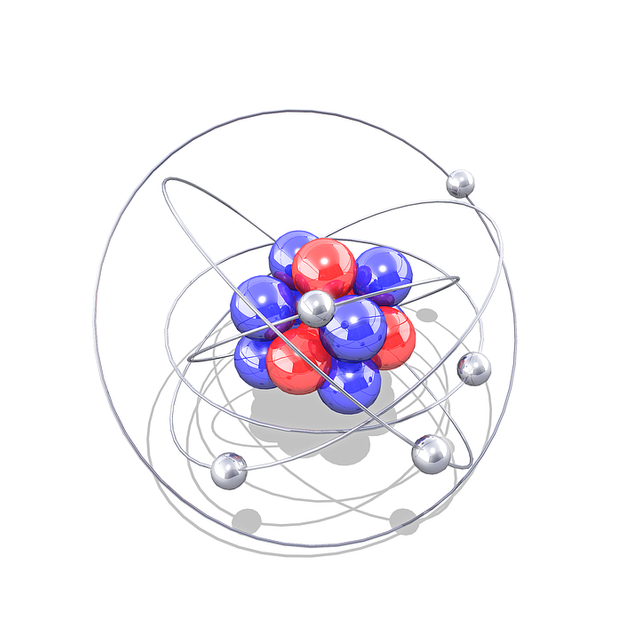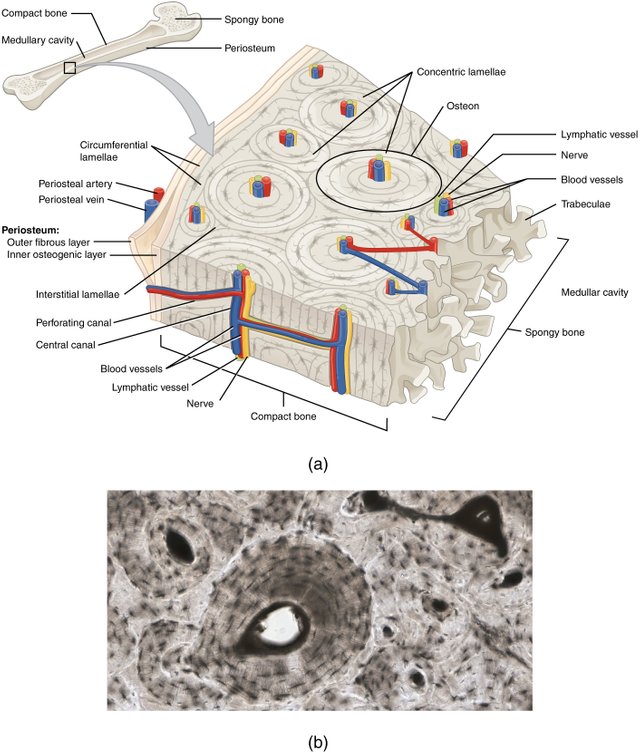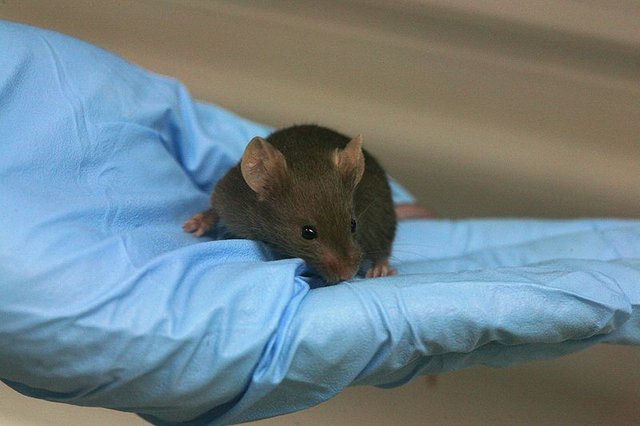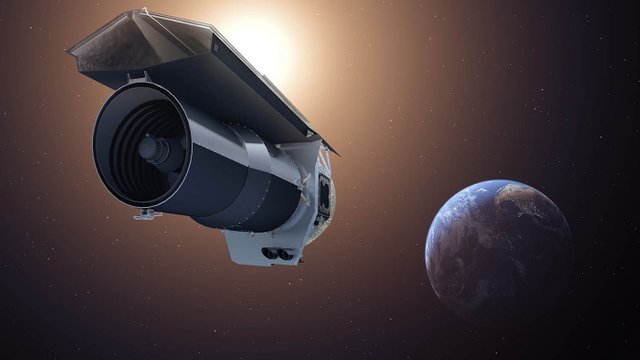A measure for the weak charge of the proton
A new measure on this constant places new constraints on the search for a physics beyond the Standard Model, the theory that describes the constituent particles of matter and the interactions between them.

Imagine CC0 Creative Commons - Source
With the discovery in 2012 of the Higgs boson, a fundamental piece was added to the Standard Model, which is not yet complete, because it does not describe the (hypothetical!) particles of dark matter, the gravity, the asymmetry between matter and antimatter, etc.
A team of researchers measured the weak charge of the proton, a parameter that characterizes the intensity of the interactions between the proton and the other particles. The purpose of this type of measures is to find possible defects in the theory, and then find something that indicates the path to a "new physics" beyond the Standard Model. The measure has proved to be absolutely in line with the model, and this puts more stringent constraints on the energies to which to look for the phenomena not predicted by the theory. In short, this measure gives us information on how future theories should not be formulated.
Article source
The bones at nanoscopic scales
Thanks to the most modern spectroscopy techniques, an international group of researchers has managed to observe the elementary structures that make up the bone tissue.
 Imagine CC0 Creative Commons - Source
Imagine CC0 Creative Commons - Source
The bone is essentially made up of two distinct parts: a mineral and a protein. Scientists have discovered that the mineral part is made up of small, curved needle-shaped structures that, interacting with each other, form larger plates, similar to propeller blades. These, combining with collagen (a protein), give the bone the well-known characteristics: resistance and elasticity. Obviously an ever better knowledge of bone tissue has important medical implications, but this structure could also be an inspiration for materials science.
AI and brain patterns
Some scientists managed to recreate in a computer-simulated virtual mouse the same patterns of brain activity that are observable in real mice.

Imagine CC0 Creative Commons - Source
In the experiment, a computer-recreated mouse showed he could move in space learning in the same way that real organisms can do it. Similarities of the neurological patterns recreated during the test has impressed the researchers themselves, and the virtual mouse has even been able to learn the use of shortcuts to solve a labyrinth. Now, it will be interesting to understand what drives a biological system and an informatic one to organize itself in such a similar way to solve spatial problems.
Article source
Post of the day
What if the Earth were the size of Jupiter? by @jsxchemistry

Imagine CC0 Creative Commons - Source
What if the earth was as big as Jupiter? Today
@jsxchemistry tells us how great telescopes can discover distant planets, which otherwise would not be visible, and how their mass is fundamental to allow, or not, life on them.

Immagine CC0 Creative Commons, si ringrazia @mrazura per il logo ITASTEM.
CLICK HERE AND VOTE FOR DAVINCI.WITNESS
Keep in mind that for organizational reasons it’s necessary to use “steemstem” and “davinci-times” tags to be voted.
Greetings from the team @davinci.times:
@aboutcoolscience - @spaghettiscience - @rscalabrini
Una misura per la carica debole del protone
Una nuova misura su questa costante pone nuovi vincoli per la ricerca di una fisica oltre il Modello Standard, la teoria che descrive le particelle costituenti della materia e le interazioni tra di esse.

Imagine CC0 Creative Commons - Source
Con la scoperta nel 2012 del bosone di Higgs è stato aggiunto un pezzo fondamentale al Modello Standard, che tuttavia non è ancora completo, perchè non descrive le particelle (ipotetiche!) di materia oscura, la gravità, l’asimmetria tra materia e antimateria, ecc.
Un team di ricercatori ha misurato la carica debole del protone, un parametro che caratterizza l’intensità delle interazioni tra il protone e le altre particelle. Lo scopo di questo tipo di misure è quello di trovare possibili difetti nella teoria, e quindi trovare qualcosa che indichi la strada verso una “nuova fisica” oltre il Modello Standard. La misura si è dimostrata assolutamente in linea con quanto previsto dal modello, e questo pone dei vincoli più stringenti alle energie alle quali cercare i fenomeni non previsti dalla teoria. In poche parole, questa misura ci dà informazioni su come non dovranno essere le teorie future.
Article source
Guardare le ossa a scale nanoscopiche
Grazie alle più moderne tecniche di spettroscopia, un gruppo internazionale di ricercatori è riuscito ad osservare le strutture elementari che compongono il tessuto osseo.
 Imagine CC0 Creative Commons - Source
Imagine CC0 Creative Commons - Source
L’osso è formato essenzialmente da due parti distinte: una minerale e una proteica. Gli scienziati hanno scoperto che la parte minerale è formata da piccole strutture a forma di ago ricurvo, che intrecciadosi tra loro danno origine a delle piastre più grandi, simili alle pale di un’elica. Queste, combinandosi con il collagene (una proteina), conferiscono all’osso le caratteristiche ben note: resistenza ed elasticità. Ovviamente una conoscenza sempre migliore del tessuto osseo ha importanti ricadute in ambito medico, ma questa struttura potrebbe anche essere d’ispirazione per la scienza dei materiali.
AI e pattern cerebrali
Alcuni scienziati sono riusciti a ricreare in un topo virtuale, simulato al computer, gli stessi pattern di attività cerebrali che sono osservabili in topi reali.

Imagine CC0 Creative Commons - Source
Durante un esperimento, un topo ricreato al computer ha mostrato di potersi muovere nello spazio apprendendo nello stesso modo in cui possono farlo organismi reali. La somiglianza dei pattern neurologici ricreati durante il test ha impressionato i ricercatori stessi, e il topo virtuale è stato in grado addirittura di imparare l’uso di scorciatoie per risolvere un labirinto. Ora sarà interessante capire cosa spinga un sistema biologico e uno informatico ad organizzarsi in modo così simile per risolvere problemi spaziali.
Article source
Post del giorno
What if the Earth were the size of Jupiter? by @jsxchemistry

Imagine CC0 Creative Commons - Source
E se la terra fosse grande quanto Giove? Oggi
@jsxchemistry ci racconta come fanno i grandi telescopi a cercare a scoprire pianeti lontani, che non sarebbero altrimenti visibili, e come la loro massa sia fondamentale per permettere o meno la vita su di essi.

Immagine CC0 Creative Commons, si ringrazia @mrazura per il logo ITASTEM.
CLICK HERE AND VOTE FOR DAVINCI.WITNESS
Si ricorda che per motivi organizzativi è necessario utilizzare le tag “steemstem” e “davinci-times” per essere votati.
Saluti dal team @davinci.times:
@aboutcoolscience - @spaghettiscience - @rscalabrini

 Imagine CC0 Creative Commons - Source
Imagine CC0 Creative Commons - Source



 Imagine CC0 Creative Commons - Source
Imagine CC0 Creative Commons - Source


Resteem Promo Offer

Re-steem Post Unlimited For 1 Week
Send 2 SBD or 2 STEEM To @stoneboy - Post Url in the Memo - Your Post Will Be Re-steem to 9500+ followers 2 different accounts.
Note : This offer is only for one time. After that the regular rate will be applied.